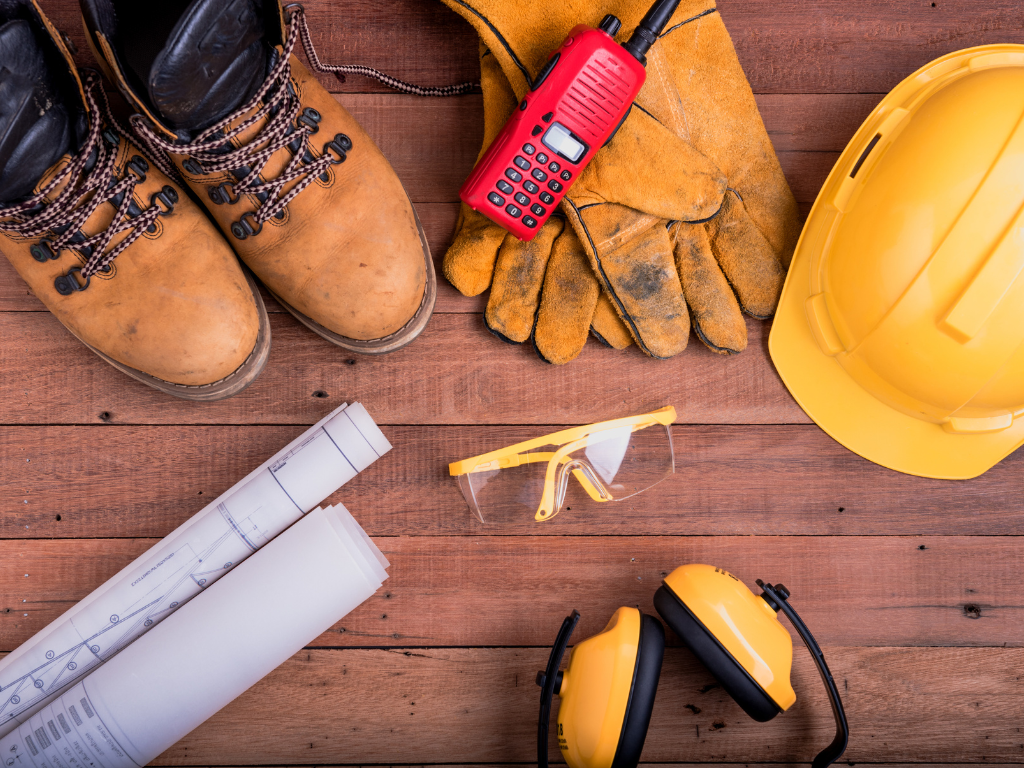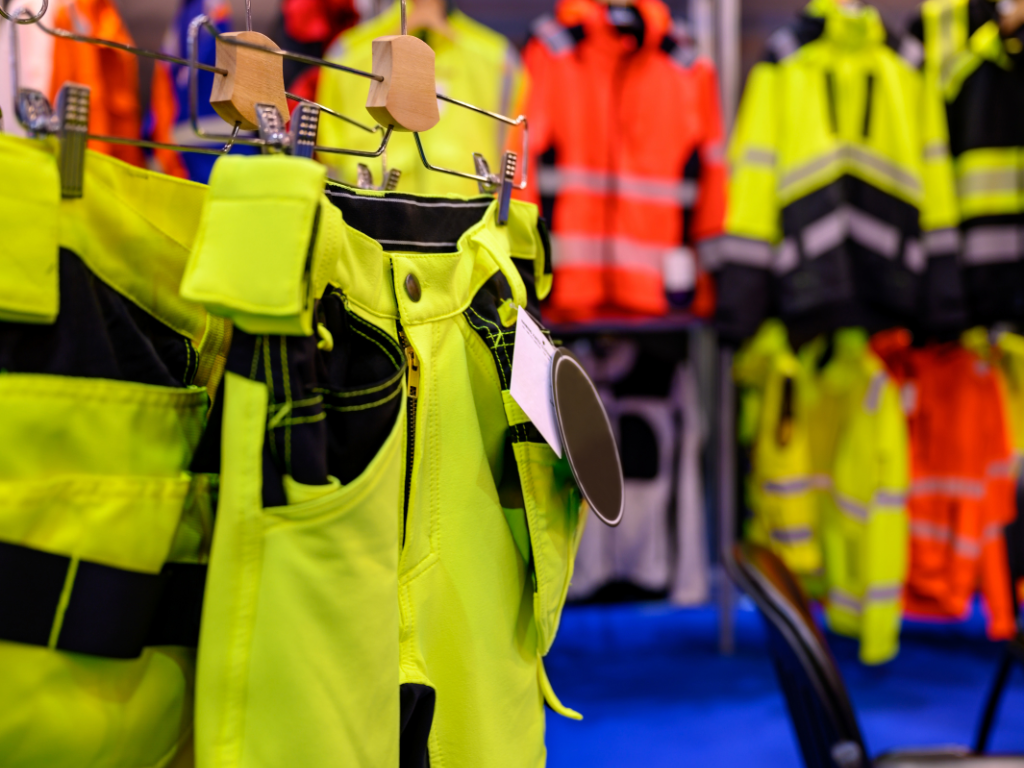Searching for a local safety equipment supplier might seem a daunting task. Still, it’s essential to ensure that you’re equipped with the right gear for your work environment. Regardless of whether you’re looking for safety glasses or a high vis vest, buying from local suppliers has its own set of advantages.
The Importance of Safety Equipment
Safety gear, ranging from safety shoes to protective clothing, plays a vital role in maintaining the well-being of employees across diverse industries. Safety helmets and safety caps provide crucial head protection, while steel cap shoes safeguard the feet from heavy objects. High visibility workwear ensures that workers are clearly visible in hazardous environments, reducing the risk of accidents. Respiratory protection, on the other hand, shields workers from inhaling harmful substances.
The Perks of Shopping Locally
One of the benefits of sourcing safety equipment locally is accessibility. Imagine you’re a construction worker in Sydney, and your safety boots need urgent replacement. Local suppliers, like those offering safety boots in Sydney, can deliver your items promptly. Additionally, if you’re seeking discount workwear, local suppliers often have sales and promotions that you can take advantage of.
What to Look for in a Local Supplier
In choosing a local supplier for your safety workwear and gear, it’s crucial to consider several factors. Firstly, check if they offer a wide range of safety supplies. A supplier offering a variety of items, from safety gloves to safety jackets, indicates they cater to diverse safety needs.
Equally important is the quality of the items. Ensuring that your safety footwear, for instance, meets industry standards, can make a significant difference in your safety at work. Moreover, attentive customer service can enhance your shopping experience, answering your questions and addressing your concerns promptly.
Navigating Safety Equipment Suppliers Near You
Now that we’ve explored the importance of safety equipment and the benefits of buying from local suppliers, it’s time to get down to the details. You may still have questions about sourcing safety equipment near you. Let’s tackle some of those queries.
How to Evaluate the Quality of Safety Equipment?
When examining the quality of safety equipment, like safety glasses or a high vis vest, it’s important to check whether the items meet industry safety standards. A reputable local supplier, like AA Safety, should be transparent about the quality and standards of their safety gear.
Local Suppliers vs. Large Online Retailers – Any Differences?
Indeed, there are differences between buying from local suppliers and purchasing from large online retailers. By choosing a local supplier, you can often access your items faster. Plus, local suppliers like AA Safety can provide personalized customer service. They are better equipped to answer your questions about safety shoes, respiratory protection, or any other safety supplies promptly and accurately.
Verifying Compliance with Safety Standards and Regulations
You might wonder how to ensure the safety gear supplied by local vendors meets industry safety standards and regulations. A reliable safety equipment supplier should be able to provide documentation or certification for their products. If you’re in doubt, don’t hesitate to ask your supplier for this information.
Safety is a significant concern in any workplace. Sourcing safety equipment locally, from a trusted supplier like AA Safety, can offer several advantages. From ensuring the quality of safety gloves to getting a discount on workwear, buying from a local supplier can be a wise decision. With this in mind, remember to ask the right questions and ensure that the safety gear you choose truly meets your needs and complies with all necessary standards and regulations. Stay safe!
In the end, remember that your safety should be a priority. Whether you’re searching for discount workwear or high-end safety gear, ensuring that your safety equipment is up to standard is crucial. After all, a safe worker is a productive worker.



